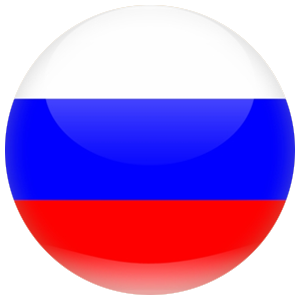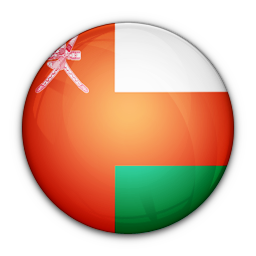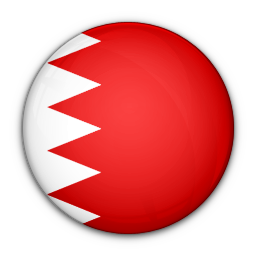Geosynthetics are synthetic products used to stabilize terrain. They are generally polymeric products used to solve civil engineering problems. The polymeric nature of the products makes them suitable for use in the ground where high levels of durability are required. These products have a wide range of applications and are currently used in many civil, geotechnical, transportation, geoenvironmental, hydraulic, and private development applications including roads, airfields, railroads, embankments, retaining structures, reservoirs, canals, dams, erosion control, sediment control, landfill liners, landfill covers, mining, aquaculture and agriculture.
Geotextile
A planar, permeable, polymeric (synthetic or natural) textile material, which may be nonwoven, knitted or woven, used in contact with soil/rock and/or any other geotechnical material in civil engineering applications.
1a. Non Woven Geotextile :
Nonwoven fabric is a fabric-like material made from long fibers (continuous long), bonded together by chemical, mechanical, heat or solvent treatment.
Nonwovens are used in Filtration, Drainage,
Separation, Protection and Erosion Control
applications.
Available products ranging from 100 Gms/m2 to 1200 Gms/m2.
1b. Woven Geotextile :
woven geotextile fabrics are specified by both civil & marine engineers most commonly for soil separation and the reinforcement of aggregate layers. Applications for ground stabilisation include roads, railways, foundations, embankments & coastal defences.
Available products ranging from Tensile Strength 15 kN/Mtr to 1600 kN/Mr.


Geogrid
A geogrid is geosynthetic material used to reinforce soils and similar materials. Geogrids are commonly used to reinforce retaining walls, as well as subbases or subsoils below roads or structures. Soils pull apart under tension. Compared to soil, geogrids are strong in tension.
Available Uni Axial and Bi Axial Grids with different Tensile Strength.

Geocomposites
Geocomposite materials is to combine the best features of different materials in such a way that specific applications are addressed in the optimal manner and at minimum cost.
Main Application : Separation, reinforcement, filtration and drainage
Advantages : Reinforcement , Separation , Filtration and drainage in a single installation operation.

Geonet
Geonets are three-dimensional structures composed of overlaying and intertwined parallel strands that create high capacity flow channels.
They are produced by the extrusion of High Density Polyethylene (HDPE) and are therefore resistant to chemical and biological agents normally present in the soil and wastes; they are also stabilized with carbon black for resistance against UV degradation.

DRAINAGE GEOCOMPOSITE:
Drainage Geocomposites usually have a geotextile bonded to one, or to both sides of a Geo-Net. The geotextile layers prevent the movement of soil fines into the Geo-Net drainage path that could lead to clogging and drainage failure.

Erosion Control
Erosion control is the practice of preventing or controlling wind or water erosion in agriculture, land development, coastal areas, riverbanks and construction. Effective erosion controls are important techniques in preventing water pollution, soil loss, wildlife habitat loss and human property loss.
Available both Organic and Synthetic.


Geomembrane
geomembrane is very low permeability synthetic membrane liner or barrier used with any geotechnical engineering related material so as to control fluid (or gas) migration in a human-made project, structure, or system.

Asphalt Reinforcement Grid
High Strength Geocomposites combine a mechanically bonded continuous filament nonwovens made from polypropylene and glass filament with a high E Module.
Fulfil functions of sealing , stress relief and reinforcement on one product.

Salt Barrier
Salt Barrier geocomposite was developed to preserve the viability of the upper layers of soil for use in landscaping and planting projects. It prevent damage caused by the capillary rise of saline groundwater into ‘sweet’ soil zones.

Root Barrier
Root Barriers are mechanical guides that redirect tree roots down and away from hardscapes, preventing costly root damage while preserving the health and beauty of mature trees. Root Barriers are used for linear, surround, and root pruning applications on both new plantings and existing trees

















